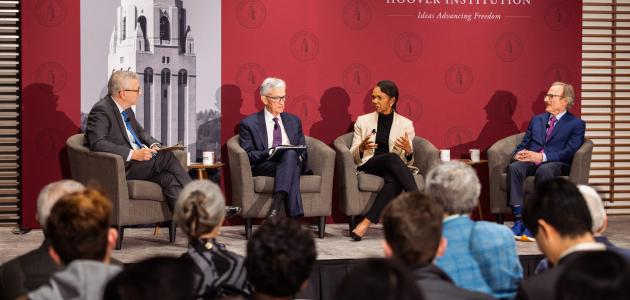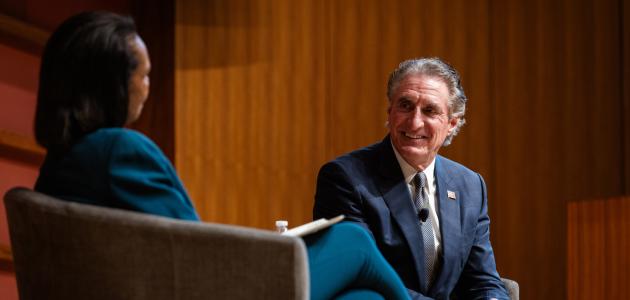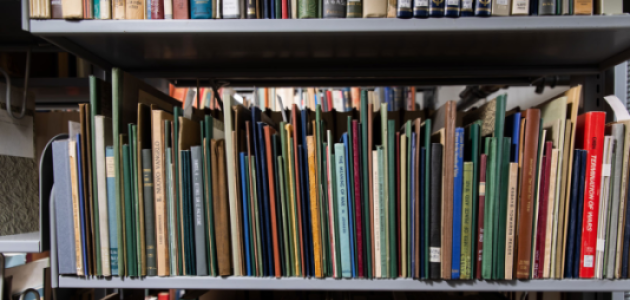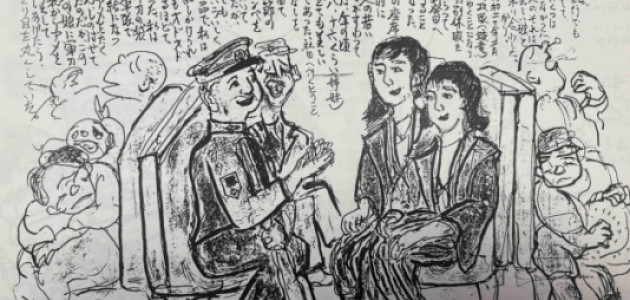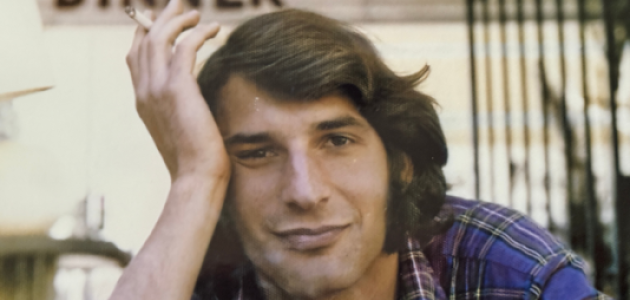The story of the Hoover Institution’s earliest days will be told in the exhibit "Collecting the Century: the History of the Hoover Institution Library and Archives" which opens February 18, 2000 in the Herbert Hoover Memorial Exhibit Pavilion at Stanford University.
At the Paris Peace Conference in 1919, Herbert Hoover offered $50,000 to Stanford University, his alma mater, to send collectors to Europe to gather materials documenting the causes and consequences of World War I. Propaganda distributed by various countries at the conference, many of them new nations carved out of the territory of the defeated empires, was the first material collected.
The exhibit highlights former Hoover Institution Director Ralph H. Lutz's 1939 visit to Mathilde Jacob in Nazi Germany to collect the letters of German communist Rosa Luxemburg, assassinated in 1919. The 1957 opening of the Okhrana (tsarist secret police) files which, as a condition of their acquisition, had been secretly stored in unmarked wooden crates since their arrival in 1926, as well as the negotiations of current Hoover deputy director Charles Palm to secure the documents of the Communist Party after the collapse of the Soviet Union, are among the exhibit’s other attractions.
Historic documents, such as the strike orders to bomb Hiroshima, and diaries and letters of the people who played varied roles in the great epics of war, revolution, and peace marking the twentieth century, are also included.
With more than 1.6 million volumes and fifty million documents, the Hoover Library and Archives will continue the process of collecting into the twenty-first century.
Collecting the Twentieth Century runs from February 18 to April 14, 2000, at the Herbert Hoover Memorial Exhibit Pavilion, next to Hoover Tower. The Pavilion is open from 11 A.M. to 4 P.M., Tuesday through Saturday, and is free to the public. For additional information or to arrange group tours, please call the Hoover Institution Archives at 650/723-3563.




